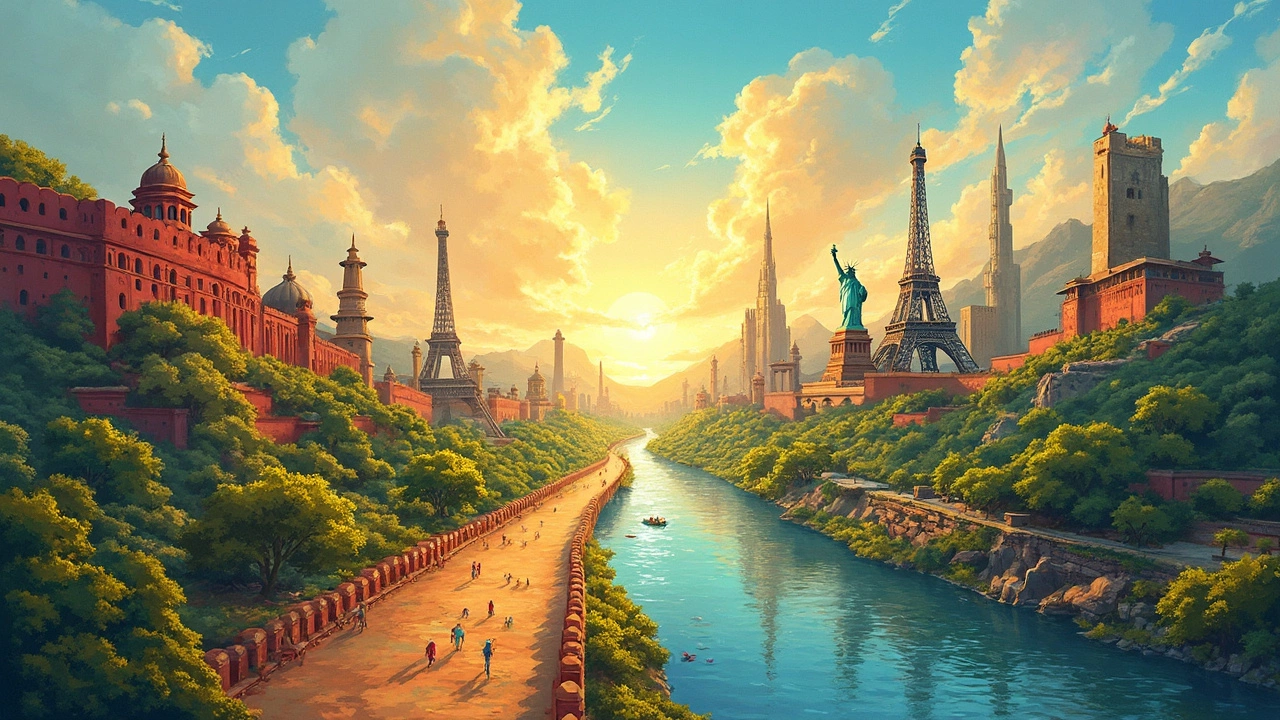Abroad Travel vs India: Where Should You Go?
When people talk about abroad travel, trips to foreign countries beyond your home nation, they often imagine Europe’s historic cities, Southeast Asia’s beaches, or Africa’s safaris. But what if the real adventure is closer than you think? India, a country with 43 UNESCO World Heritage Sites, diverse cultures, and some of the world’s most thrilling natural landscapes doesn’t just compete with abroad travel—it often beats it in authenticity, cost, and raw experience. You don’t need a visa to Bali or a budget for a luxury train in Africa when you’ve got the Great Himalayan Trail, untouched beaches in Andaman, and temples older than Rome right here.
Compare the two and the differences aren’t just in price—they’re in depth. India tourism, a growing sector offering eco-friendly jungle camps, heritage treks, and local-guided experiences lets you sleep under stars in the wilds of Madhya Pradesh, eat street food in Delhi without fear if you know the rules, and trek through forests where tigers still roam—all for a fraction of what you’d pay abroad. Meanwhile, international travel, often involving long flights, currency exchanges, and language barriers, can feel like checking boxes instead of making memories. In India, you don’t need a guide to understand the culture—you live it. You learn temple etiquette by watching locals. You find safe food by following the crowd. You pick up Hindi phrases because the chai wallah remembers your name.
And here’s the thing: India doesn’t ask you to be a tourist. It asks you to be a participant. The abroad travel vs India debate isn’t about which is better—it’s about what kind of journey you want. Do you want curated experiences with high price tags? Or real, unfiltered encounters with nature, history, and people who’ve lived this for centuries? India offers both luxury and grit, from the Taj Mahal to hidden stepwells in Rajasthan, from luxury train rides that rival the Orient Express to budget homestays in Nagpur, the very heart of the country. You won’t find a single place abroad that packs this much variety into one border. The post collection below gives you the facts: where to go, what to avoid, how to stay safe, and why your next real adventure doesn’t need a passport.
